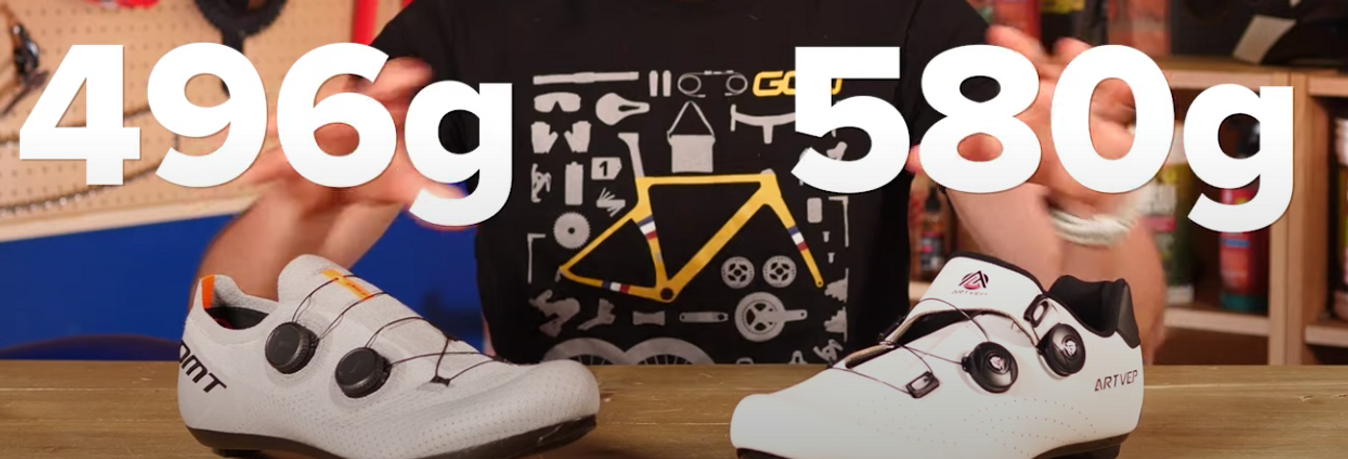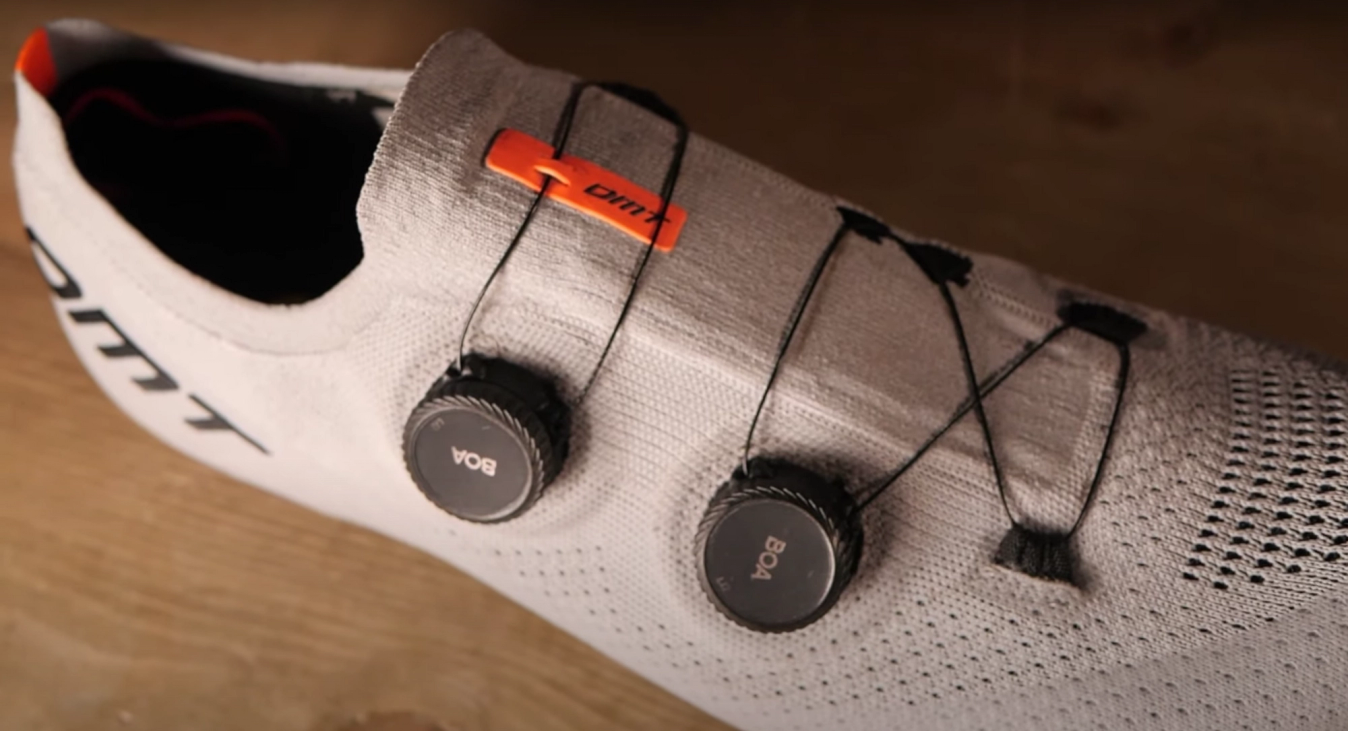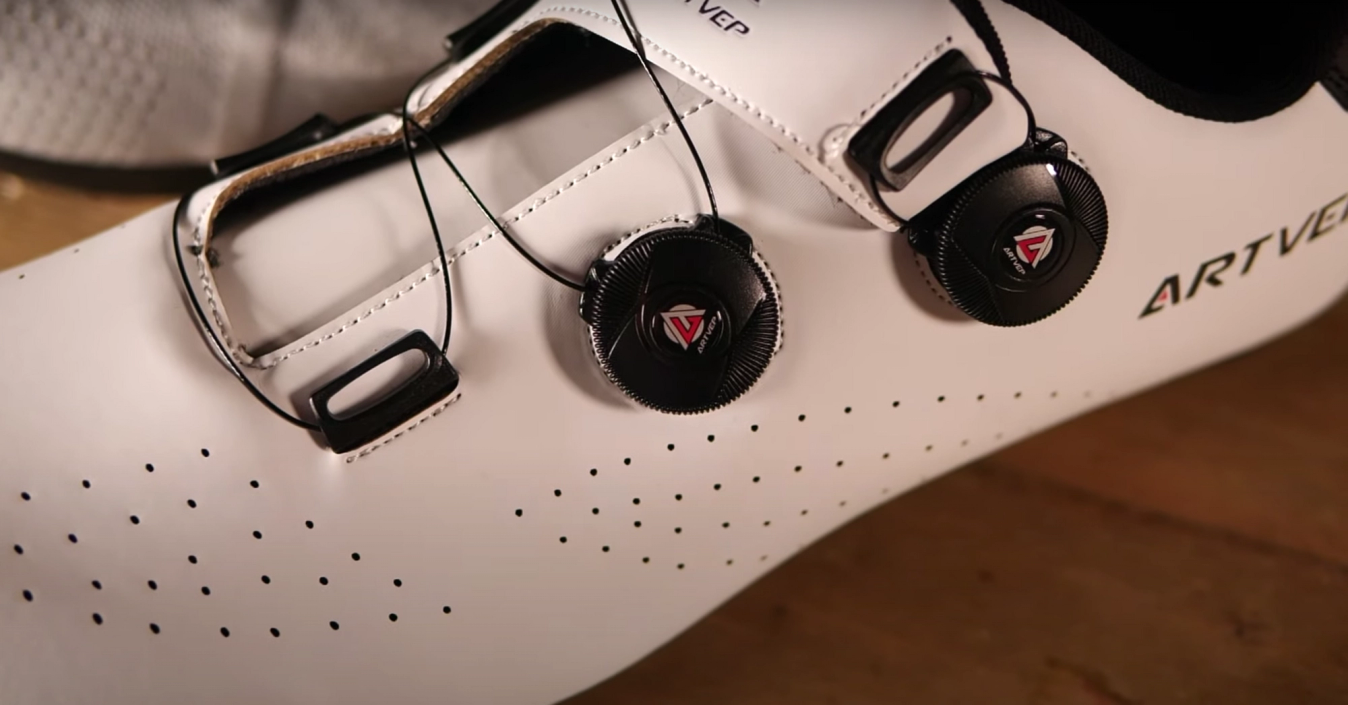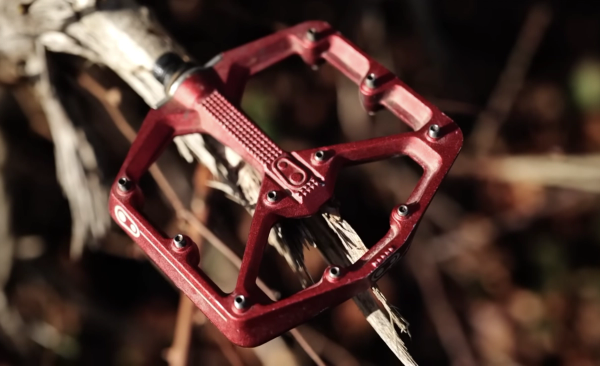Cheap versus expensive cycling shoes: what is the difference?
Are expensive shoes a worthy investment?
Tom Hallam-Gravells
Online Production Editor
There’s plenty to consider when buying new cycling shoes. Comfort. Stiffness. Style. Like with most purchases, there’s also the significant matter of cost.
The price of shoes can vary greatly, from sub-£50/€60/$65 all the way up to £400/€460/$520. Some even go above that eye-watering figure.
Higher-end models can be over eight times the price of a cheaper option, but do you get eight times the performance and benefits? What exactly does the extra money go towards?
These are difficult questions to answer as there are so many shoes available at each price point, each with different features and characteristics.
Rather than provide a generalised overview, we decided to compare two shoes from opposite ends of the price scale. Both have features that you’ll commonly find at their respective prices, so how do they compare?
The shoes
Cheap: ARTVEP cycling shoes
Our cheaper option comes from the world of Amazon where it’s possible to find endless bargains. A lot of these are from obscure brands like the shoes we picked up from ARTVEP.
They have a friendly price of only £54.99/€64/$70 and for that, you get plenty of tech, including a Boa-style tightening system, a nylon sole with plenty of vents, plus the upper section of the shoe is constructed from synthetic leather and mesh. Plenty of bang for your buck then.
As an added bonus, there are 12 different colours to choose from and the shoes are compatible with road three-bolt and mountain bike two-bolt cleat systems.
Expensive: DMT KR0
Next up are our expensive shoes, the DMT KR0.
They’re built for performance with a Boa tightening system, carbon fibre soles with larger vents, and the top of the shoes are constructed from an innovative 3D-knit fabric. Unlike the ARTVEP shoes, the DMT KR0s are only compatible with three-bolt cleats, however, the cleat is fitted into the shoe allowing for greater adjustability.
These shoes with their higher-quality features will set you back £369/€420/$470.
That’s over six times the price of the ARTVEPs, but do they have six times the performance? Here’s how they compare.

GCN
The DMT shoes are over seven times more expensive.
Weight
Whether it’s a new bike, components or clothing, virtually every new product in the world of cycling is released with claims that it’s lighter and more aerodynamic than ever before. So, it’s only right that we start with one of these factors: weight.
We weighed both shoes in the same size, without cleats. And it’s an early win for the DMT KR0 which is 84g lighter.

GCN
The DMT shoes are 84g lighter.
How big of a win actually is that, though?
If we only take the shoes into account, the ARTVEPs are just over 15% heavier which is a significant difference.
Within the context of the overall system weight of a bike, that becomes a negligible difference.
Most weight savings come into effect when riding uphill and an 84g weight saving would only save a matter of seconds over a long Alpine climb like Alpe d’Huez.
It’s a relatively small amount for the price difference, unless you’re racing or chasing a personal best time on a climb.
Stiffness
Stiffness is important, right? The idea is that, the stiffer a shoe, the better the power transfer. That better power transfer leads to extra speed.
In principle, it seems logical, but a recent study by the University of Colorado has cast serious doubts on the stiffness theory. They conducted research into the effects of shoe stiffness on sprint performance, and they concluded that stiffness has “no significant effects”.
One of the big selling points of the DMT KR0 shoes is the carbon soles. These are significantly stiffer than the soles used on the ARTVEP shoes. We don’t have any hard figures to back this up, but we tested both by hand and the cheaper shoes had significantly more flex.
But if stiffness isn’t actually as important as we think, the material of the sole doesn’t matter for performance. That means that carbon soles like those used on the more expensive shoe won’t actually have any performance advantages over non-carbon soles.
Comfort
We’ll add that as a win for the ARTVEP shoes, but don’t write off carbon soles just yet.
While carbon soles may lack additional performance, they make up for it by improving comfort.
If a shoe flexes, so does a foot. Over time that can lead to issues and discomfort.
A stiffer shoe keeps a foot more steady and should prevent any wear-and-tear injuries. This is a really important factor to consider and arguably far outweighs any performance factors.
Cycling is a very repetitive sport and wear-and-tear injuries are common. In the long run, they can cause big issues, but having the right, high-quality equipment can help to keep any niggles at bay.
Aerodynamics
Let’s be honest, no one really considers aerodynamics when buying a shoe. The differences are so small, it’s insignificant unless you’re a WorldTour professional competing at the top races, where any minimal gains count.
As that doesn’t include the overwhelming majority of cyclists, we’ll keep this section short and sweet.
The difference aerodynamically between the shoes is hard to measure. As they have similar shapes and Boa-style systems, we’re going to guess they’re pretty equal.
Lots of aerodynamically-minded riders wear aero shoe covers anyway, which would give both shoes essentially the same aero profile.
For this test, we only used shoes with Boa-type tightening systems but there are other lace and velcro options available, all of which will have slightly different aero profiles. But again, these will only be small.
Comfort, round two
Okay, we’ve already covered comfort, but there’s more to it than the material and the stiffness of the soles.
The biggest is fit. Irrespective of the price of a shoe, it’s important to find one that fits correctly. For example, if you have wide feet, certain shoes will fit better than others.

GCN
The shape and fit of a shoe is important.
Generally, the brands behind more expensive shoes will have invested more money, research and time into refining the shape of their shoes. They’ll also generally have more sizes available, and in some instances, wide and narrow options. All of this makes it much easier to find the correct size.
Of course, comfort is a very subjective thing, so it’s hard to compare our cheap and expensive shoes. In general, though, a more expensive shoe will be more comfortable.
The only way to find a comfortable shoe is to try before you buy and we’d always recommend heading to your local bike shop to test shoes in person.
Longevity
Buy cheap, buy twice, right? It’s usually a philosophy that turns out to be true. From our experience, we’d expect more expensive shoes, like the DMT KR0, to last longer.
The cost factors into this, though, and you could buy six pairs of the ARTVEP shoes for the same cost of one pair of the DMT KR0.
That’s an important consideration as it’s highly unlikely that the DMT KR0 will be seven times more durable than its cheaper counterpart, so you can make a judgement here.
Are expensive shoes worth the money?

GCN
Which shoe is better value for money?
Expensive shoes have plenty of advantages over their cheaper counterparts, with additional comfort and durability.
The performance benefits are more limited although this will depend on particular shoes and their features.
Can the much higher costs be justified? If you want to gain every ounce of performance, comfort and durability you can, then it’s worth investing in more expensive shoes. For others, the additional costs simply aren’t worth it.
Whatever price point you opt for, the most important factor when buying new shoes is fit. You can have premium shoes but if they don’t fit correctly, you’re going to have issues.
So, always test before you buy and prioritise comfort and fit before any other factors.







.jpg?w=600&auto=format)



